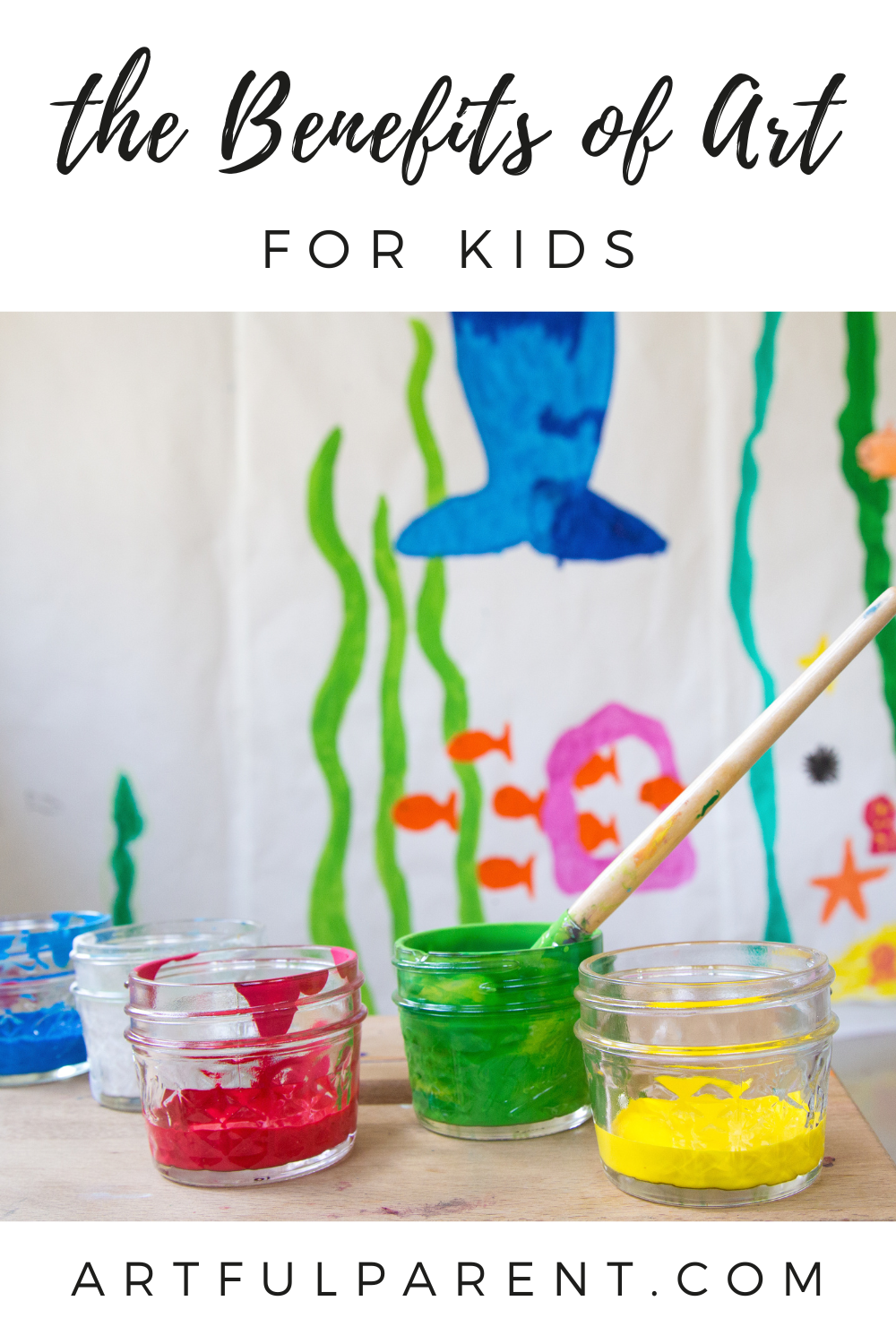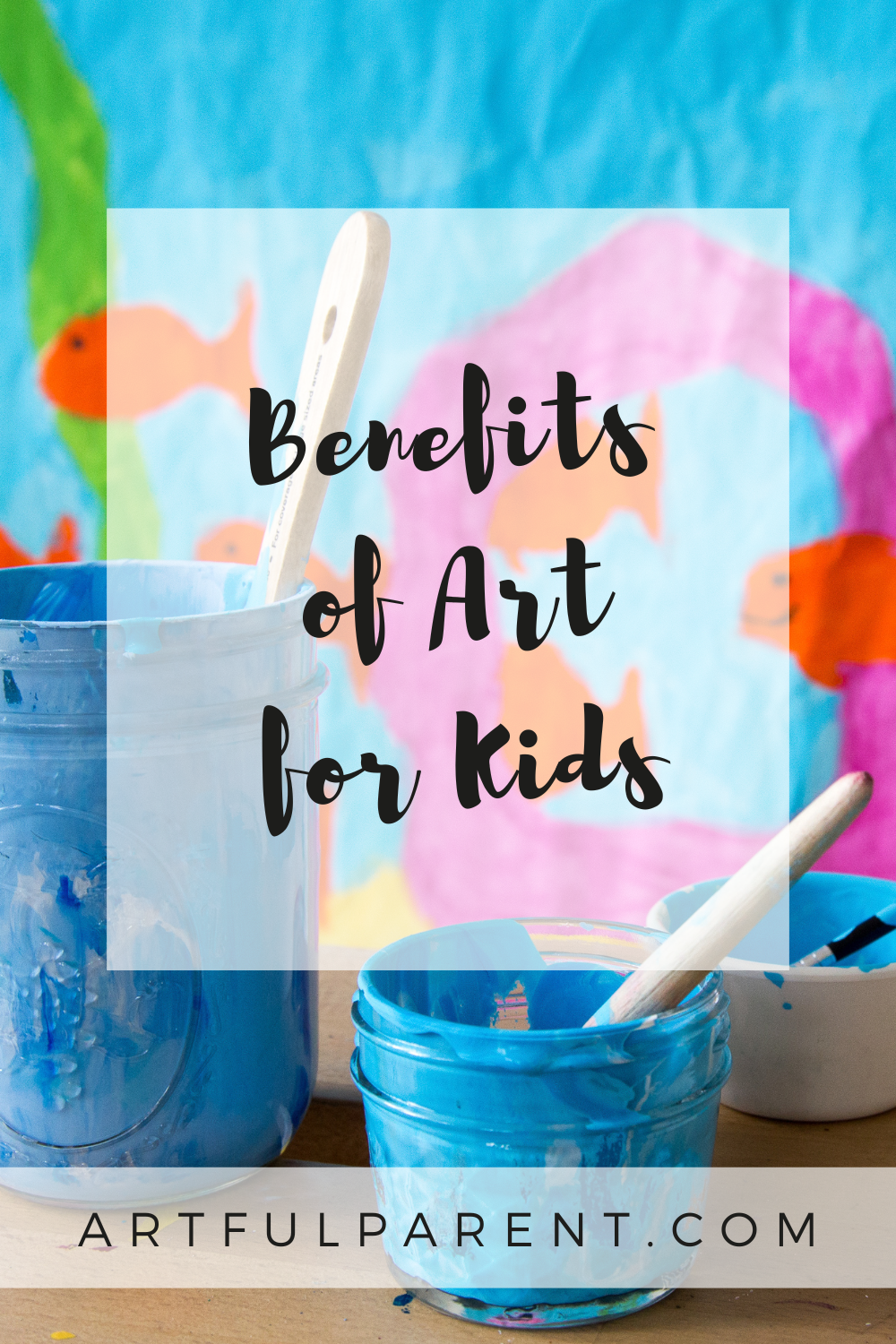The benefits of arts for kids are many and include problem-solving abilities, creativity, literacy, fine & gross motor skills, connection, and understanding.
Updated January 2025
Everyone says art and creativity are important, but are you wondering what the actual benefits of arts for kids are?
The impact of art on kids goes far beyond just fun and self-expression. Art sparks creativity, helps kids understand their emotions, and teaches important life skills. It boosts problem-solving and improves social interactions, playing a crucial and long-lasting role in shaping well-rounded individuals.
Here are just a few of the many ways that art benefits kids of all ages!
What are the Benefits of Arts for Kids?

1. Art promotes creativity.
Creativity is the ability to think outside the proverbial box, to string two unrelated ideas together in a new way. Solutions to major problems and breakthroughs of all kinds are linked to creativity.
The ability to be creative is vital to the success of our children and the well-being of our world.
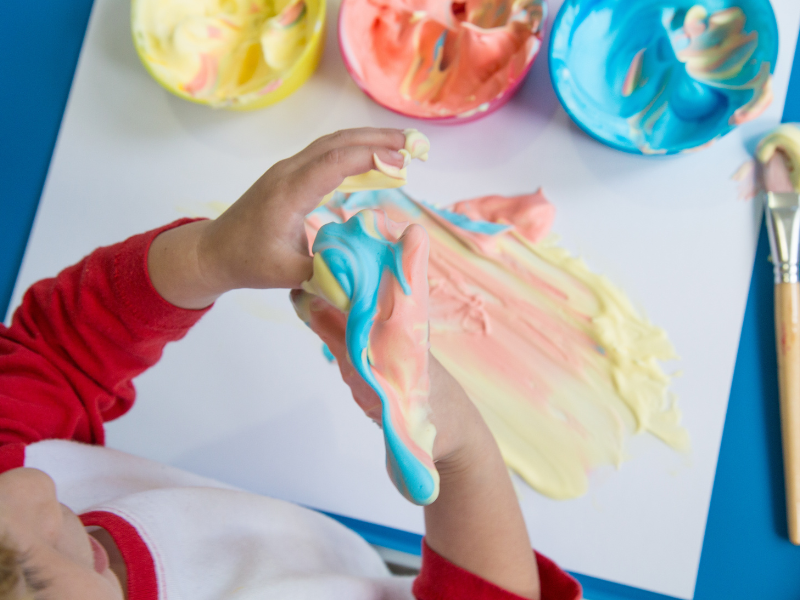
2. Art encourages neural connections.
Art is an activity that can employ all the senses––sight, sound, touch, smell, and taste––depending on the activity. Children’s brain synapses fire away as they experiment and create by squishing paint between their fingers, mixing colors and materials, or drawing from imagination or what they see in front of them.
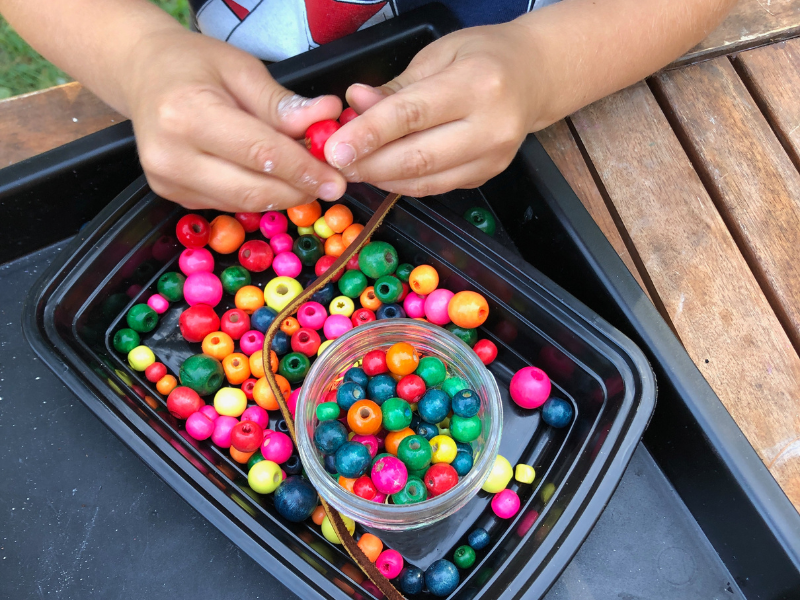
3. Art builds fine motor skills.
Gripping a paintbrush, drawing dots and lines, mixing colors, cutting with scissors, controlling a glue stick or squeezing a glue bottle, kneading and rolling playdough, tearing paper – all of these tasks require increasing amounts of dexterity and coordination, yet they are so fun and rewarding that children want to do them over and over. As kids engage in art activities over time, their fine motor skills improve.
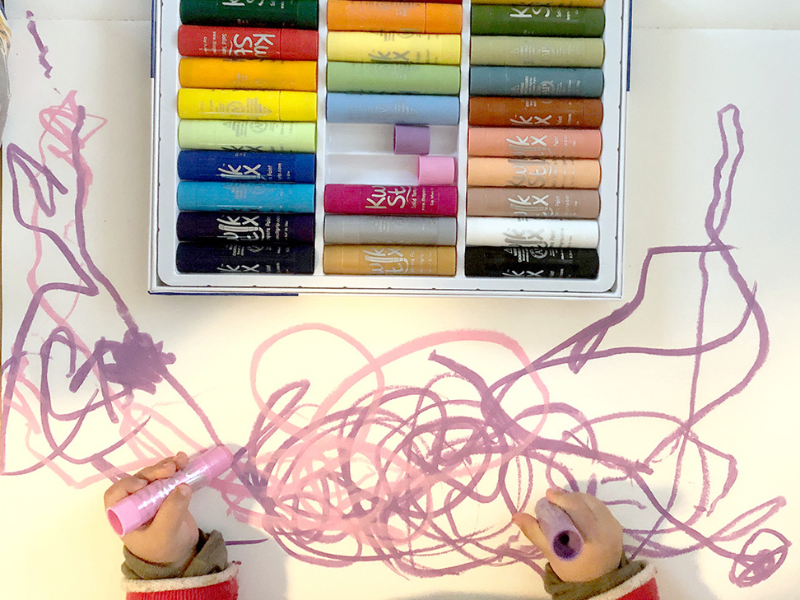
4. Scribbling is a precursor to writing.
Babies and toddlers begin by scribbling randomly, back and forth. But the more they scribble, the more they are able to control the crayon and its movements across the paper. As children learn to control their scribbling, they make a wider variety of shapes, eventually making all the shapes necessary to write the letters of the alphabet.

5. Art develops problem-solving abilities.
Open-ended, process-oriented art is nothing but an endless opportunity for making choices, coming to conclusions, second-guessing decisions, and evaluating results.
Children become more comfortable with uncertainty and remain flexible thinkers, which is key for creativity and confidence. And the more experience they have with a variety of materials and techniques, the more likely they are to try new combinations and ideas.
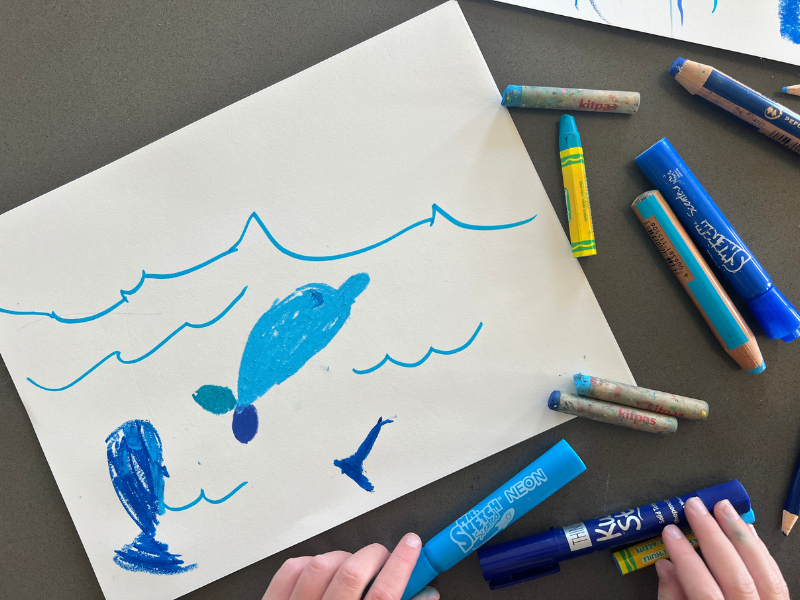
6. Art helps kids understand themselves and their world.
Children absorb incredible amounts of new information, and they need to process what they have learned in a safe, reflective way. Art allows them to explore feelings and deal with both daily and significant events.
Art materials provide a safe outlet for emotions. Movement, image, color, line, and imagination all help children express themselves in a multidimensional way. This is a way that words may not be able to do, or that may be more comfortable for them than words.
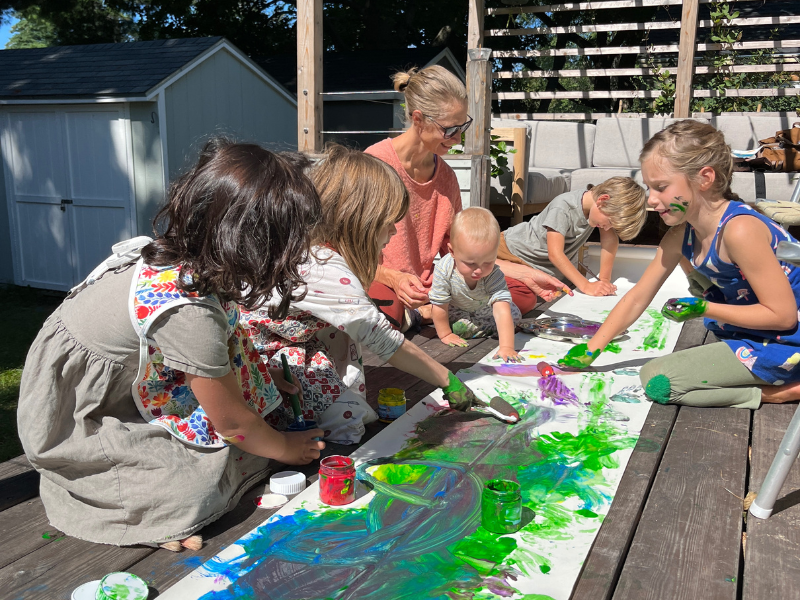
7. Art helps kids connect.
Art is an equalizer, helping create a common ground for children who don’t know each other and who may or may not be interested in the same things. It can help people of all ages, races, abilities, and even languages engage in a shared (and generally mutually loved) activity.
The path to an art-filled life involves an open mind, a few simple tools, and a bit of preparation. It’s a path anyone can take at a pace that suits you and your family.
Want help fostering your children’s creativity?
- 7 phrases wealthy people use that instantly reveal they have no clue how normal people live - Global English Editing
- The art of resilience: 9 mental habits that help you survive anything life throws at you - Global English Editing
- Psychology says women who maintain their looks as they get older usually display these 7 behaviors - Global English Editing
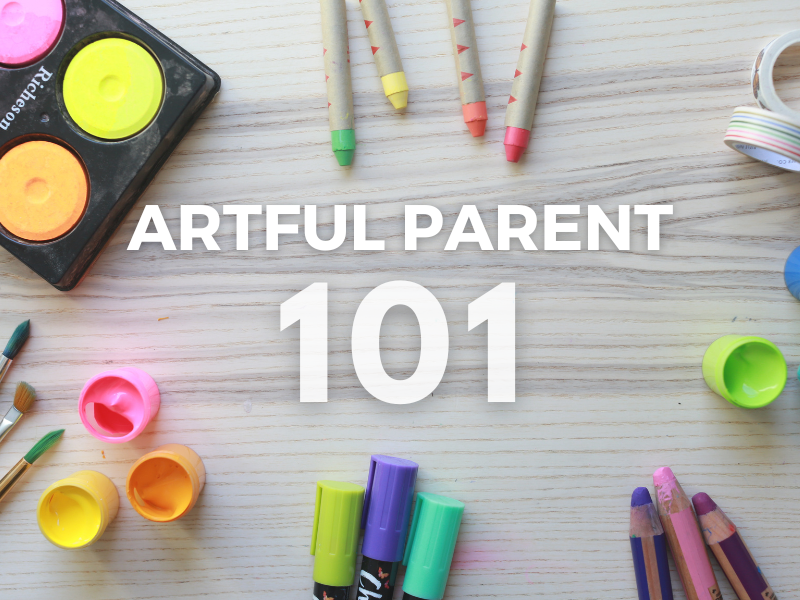
Check out our master class for parents: Artful Parent 101 course! It will teach you more about the benefits of arts for kids, guide you through incorporating art into your everyday life, using art invitations, and the best ways to encourage creativity.
More about Kids Art & Creativity
- What is Process Art? (Here’s Why It’s Important for Kids)
- How to Be An Artful Parent
- Why Messy Art is Important for Kids
- The Best Kids Art Ideas
- Kids Drawing: How to Encourage Creativity, Skills & Confidence
- What is Sensory Play & Why It’s Important
Excerpted from The Artful Parent: Simple Ways to Fill Your Family’s Life with Art & Creativity, © 2021 by Jean Van’t Hul. Reprinted by arrangement with Roost Books, an imprint of Shambhala Publications Inc., Boston, MA.
Want even more creative ideas?
Check out our Artful Parent Starter Pack!
Engage your kids through art and creativity with this printable booklet where you’ll find all of our best tips, tricks, and ideas for getting started on your artful parenting journey!

Pin It for Later
